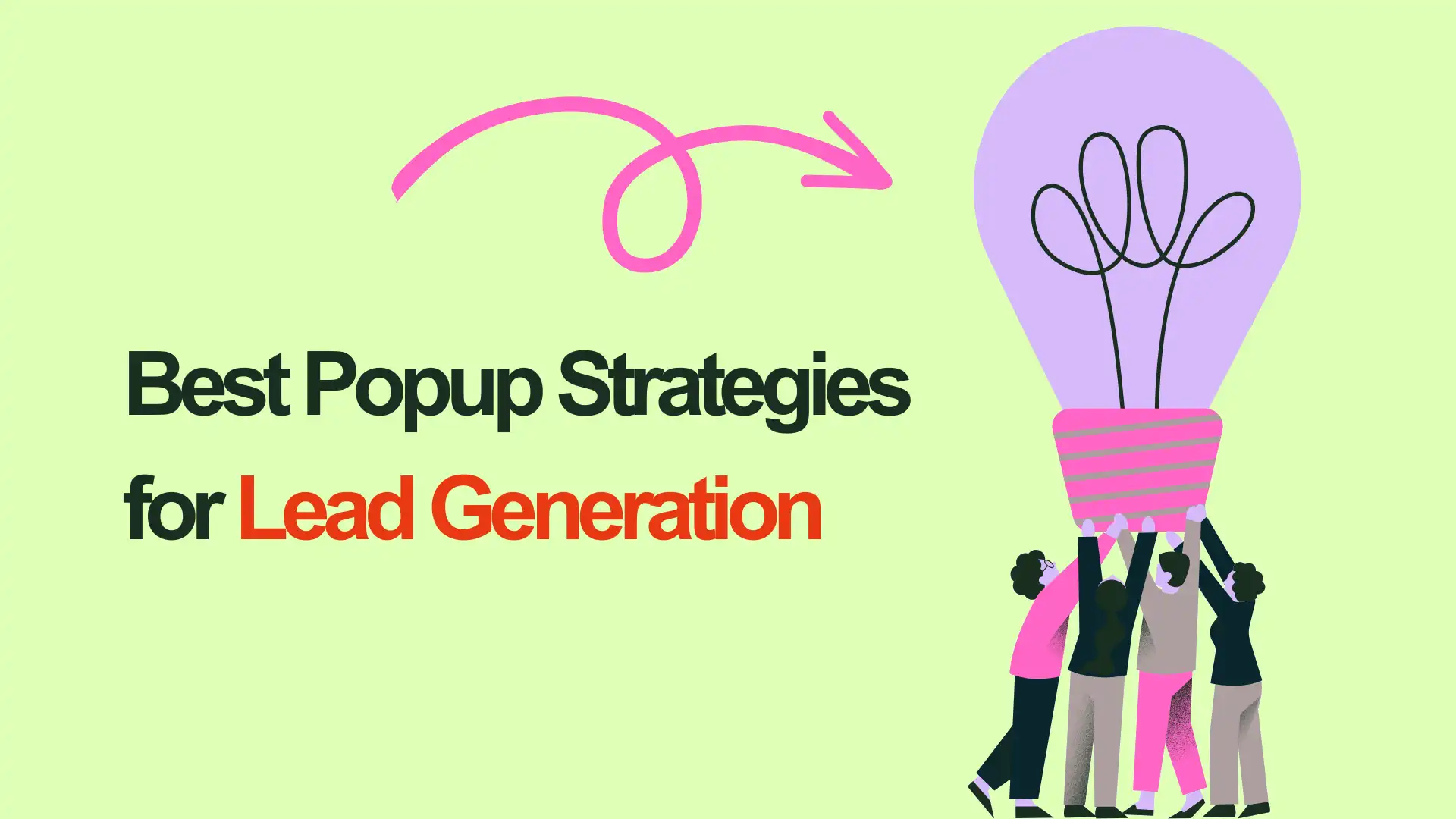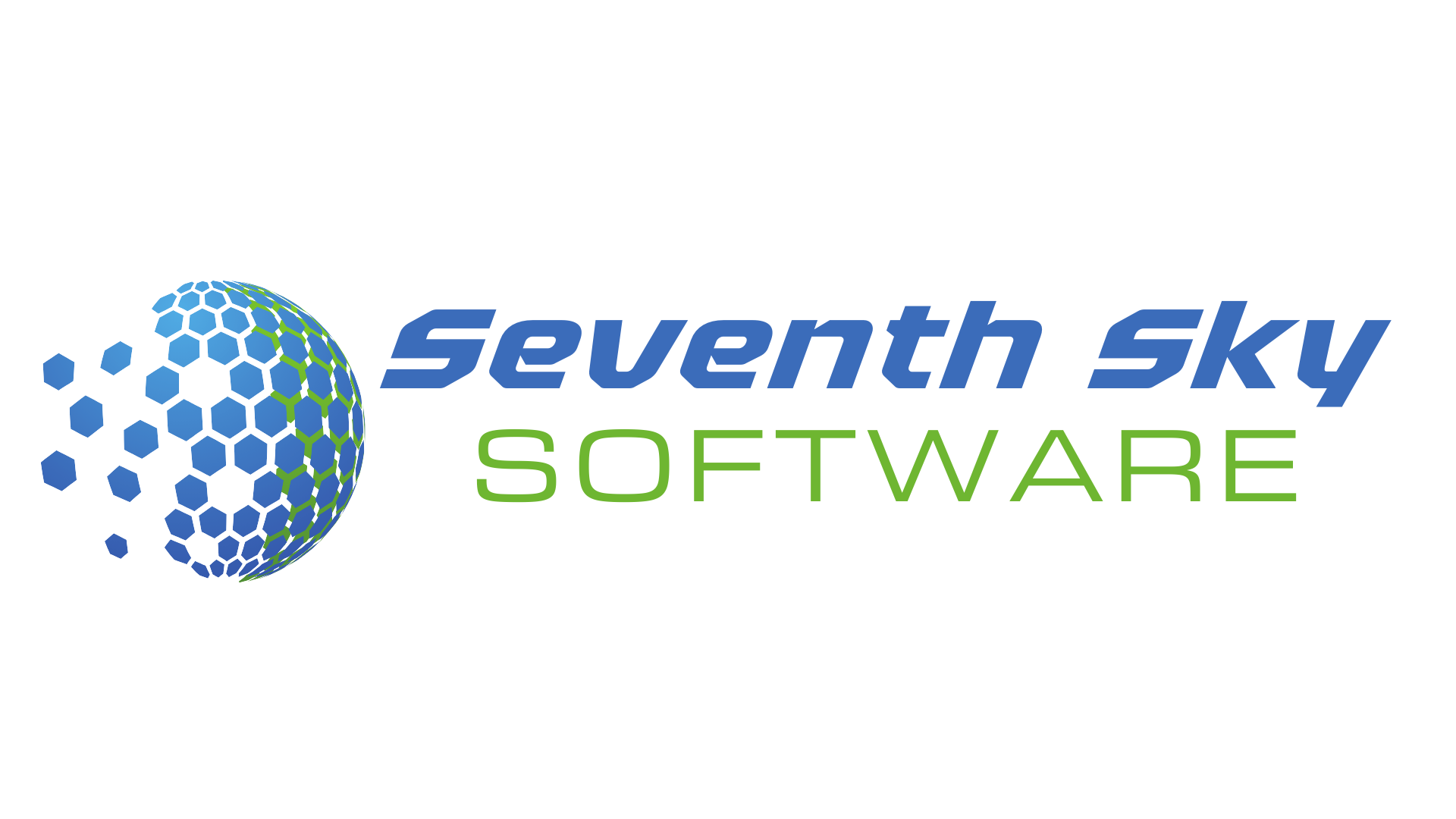
Best Popup Strategies for Lead Generation
Popups can be one of the most effective tools for lead generation when used correctly. They help capture visitors’ attention, encourage sign-ups, and ultimately boost conversions. However, poorly designed or intrusive popups can drive users away. The key is to implement strategic, user-friendly popups that engage rather than annoy. In this article, we’ll explore the best popup strategies for lead generation that can help businesses grow their email lists, increase sales, and improve overall engagement.
Why Popups Matter for Lead Generation
Popups are a proven method for increasing conversion rates. According to a study by Sumo, the average conversion rate for popups is 3.09%, with high-performing popups reaching up to 9.28%. When used strategically, popups can:
- Capture visitor emails for future marketing
- Encourage users to take action, such as signing up for a webinar or downloading a resource
- Reduce cart abandonment by offering discounts
- Increase engagement by directing users to relevant content
Now, let’s explore the best popup strategies for lead generation that can help you maximize results.
1. Exit-Intent Popups to Reduce Bounce Rates
One of the most effective popup strategies for lead generation is the exit-intent popup. These popups appear when a user is about to leave a website, giving businesses one last chance to convert them.
Best Practices for Exit-Intent Popups:
Offer a discount or free resource to encourage sign-ups.
Use persuasive copy, such as “Wait! Don’t leave empty-handed.”
Keep the design simple and non-intrusive.
🔹 Example: E-commerce stores use exit-intent popups to offer a 10% discount code if visitors subscribe before leaving. This can significantly reduce cart abandonment rates.
2. Time-Delayed Popups for Higher Engagement
A common mistake with popups is showing them immediately when a visitor lands on a page. Instead, using time-delayed popups—which appear after a user spends a certain amount of time on a site—can improve engagement and conversions.
Why They Work:
Visitors have time to explore the content before being interrupted.
They target users who are already interested in the content.
They feel less intrusive compared to immediate popups.
🔹 Example: A blog post on digital marketing might show a free eBook popup after 30 seconds, encouraging users to subscribe in exchange for the resource.
3. Scroll-Based Popups to Capture Active Users
Scroll-based popups trigger when a user scrolls down a certain percentage of a page, indicating interest in the content. This strategy ensures that only engaged users see the popup.
Best Practices:
Set the popup to appear after 50-70% scroll for better engagement.
Offer something valuable, such as an exclusive guide or newsletter subscription.
Keep the message relevant to the page content.
🔹 Example: A fitness blog might display a “Get 10 Free Workout Plans” popup when users scroll through an article about weight loss exercises.
4. Gamified Popups for Interactive Lead Generation
Interactive popups, such as spin-to-win wheels or quizzes, create a fun experience while capturing leads. This strategy boosts engagement and increases conversions by making lead generation entertaining.
Why Gamification Works:
Users feel rewarded, increasing the chances of conversion.
It creates excitement and a sense of urgency.
Works well for e-commerce businesses offering discounts or prizes.
🔹 Example: An online clothing store uses a spin-to-win popup where visitors enter their email for a chance to win a discount, encouraging sign-ups.
5. Two-Step Popups for Higher Conversion Rates
A two-step popup strategy involves showing a less intrusive prompt first (e.g., a clickable button or link), which then triggers a larger popup. This method plays on the psychology of commitment—once a user clicks the first prompt, they are more likely to complete the action.
Best Practices:
Use an attractive CTA like “Click here to get your free guide.”
Keep the second popup simple, asking for just an email.
Provide a compelling reason for users to complete the action.
🔹 Example: A SaaS company might use a “Get a Free Demo” button, leading to a popup asking for the user’s contact information.
6. Mobile-Friendly Popups for Better User Experience
With mobile traffic accounting for over 58% of global web traffic, mobile-friendly popups are essential for lead generation. Google also penalizes sites with intrusive mobile popups, so it’s important to ensure they are optimized for smaller screens.
How to Optimize Mobile Popups:
Use small, non-intrusive popups that don’t block content.
Include an easy-to-tap close button.
Keep the text concise for better readability.
🔹 Example: A travel blog might show a “Subscribe for Exclusive Travel Tips” popup at the bottom of the screen rather than a full-screen overlay.
7. A/B Testing Popups for Maximum Effectiveness
To ensure your popups are performing well, continuous A/B testing is necessary. By testing different designs, messaging, and timing, businesses can determine which strategies work best for their audience.
Key Elements to Test:
Headline variations (e.g., “Get 20% Off” vs. “Limited-Time Discount!”)
Call-to-action (CTA) buttons (e.g., “Subscribe Now” vs. “Get My Discount”)
Timing (immediate vs. 10-second delay vs. exit-intent)
🔹 Example: A SaaS company might test whether a free trial popup converts better when shown after 10 seconds versus on exit intent.
Final Thoughts: Choosing the Right Popup Strategy
Using the right popup strategies for lead generation can significantly improve conversions without disrupting user experience. The key is to choose the strategy that best fits your audience and business goals.
Quick Recap:
1 – Exit-intent popups reduce bounce rates.
2 – Time-delayed popups engage users at the right moment.
3 – Scroll-based popups target engaged readers.
4 – Gamified popups make lead generation fun.
5 – Two-step popups increase commitment.
6 – Mobile-friendly popups improve usability.
By implementing these best practices, businesses can effectively capture leads and drive higher conversions. The right popup strategy can transform casual visitors into loyal customers.
Are you using popups on your site? If not, now is the perfect time to start!
